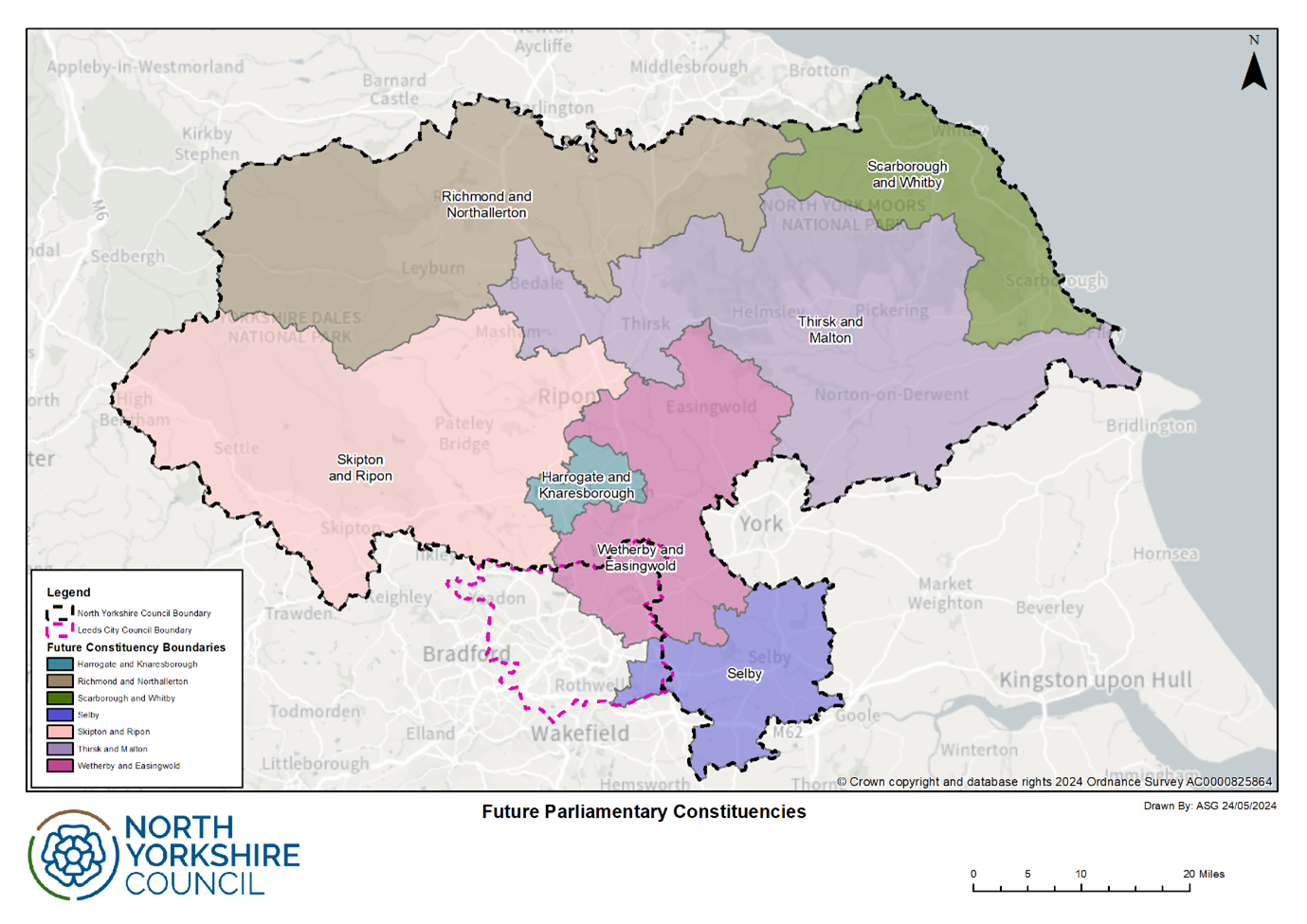General Elections is the term used for UK Parliamentary General Elections.
A general election is used to vote for Members of Parliament (MP) to represent all areas of the UK in the House of Commons, at the UK Parliament in Westminster, London.
The UK is split into constituencies, and each constituency votes for an MP to represent them, using the first past the post system.
The last general election was in the UK on 4 July 2024. View the last general election results here.
The next general election must be held no later than Wednesday 15 August 2029.
Parliamentary by-elections
A UK parliamentary by-election happens when a seat in the House of Commons becomes vacant between general elections.
Why are by-elections held?
A by-election is held when a seat becomes vacant. This can happen when an MP:
- resigns or dies
- is declared bankrupt
- takes a seat in the House of Lords
- is subject to a successful recall petition
- is convicted of a serious criminal offence
A by-election does not have to take place if an MP changes political party.
Until an election, an MP of the same party in a neighbouring constituency manages constituency matters.
View past parliamentary by election results here.
New constituency boundaries
The constituency boundaries changed at the last Parliamentary election due to changes approved by the government. You can find out more about the boundary review on the Parliament website.
Due to these changes, there are now seven constituencies within the North Yorkshire area:
- Harrogate and Knaresborough
- Richmond and Northallerton
- Scarborough and Whitby
- Selby
- Skipton and Ripon
- Thirsk and Malton
- Wetherby and Easingwold
